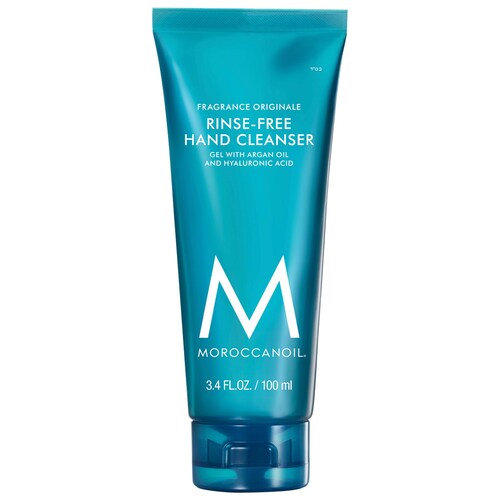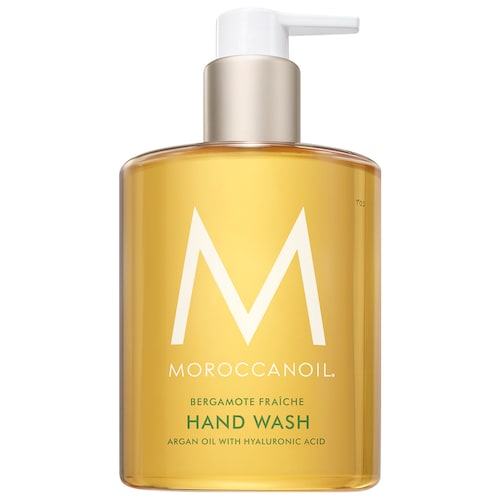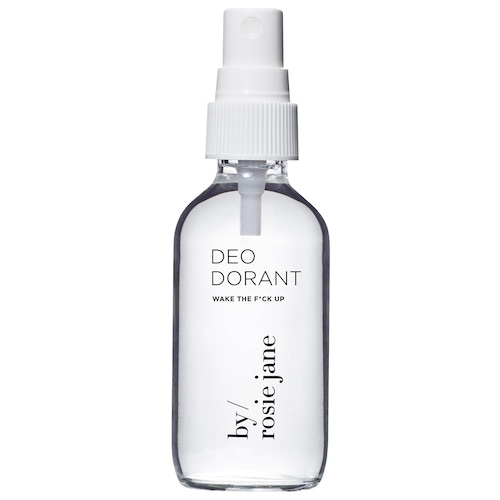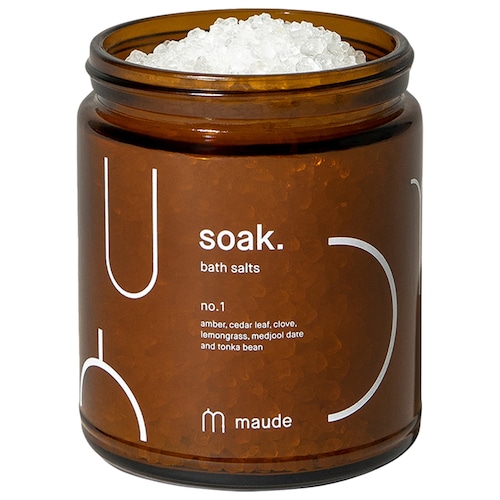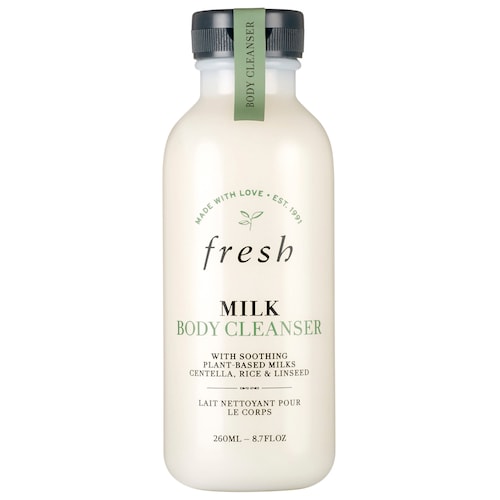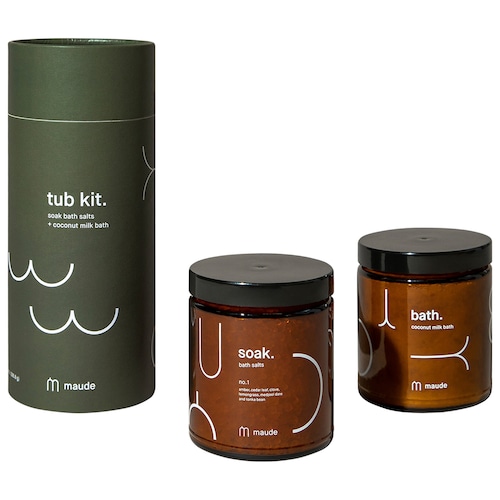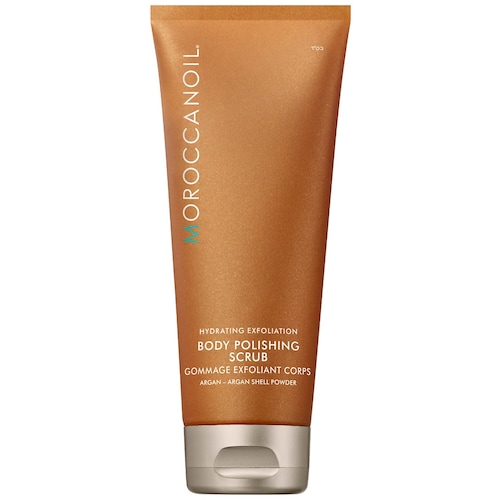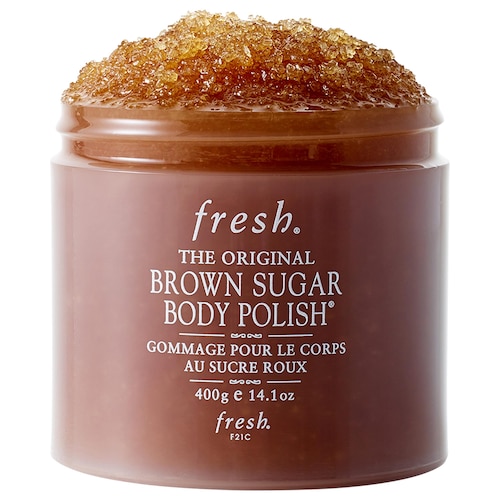Hand wash is a vital part of personal hygiene that involves cleaning the hands to maintain health and prevent the spread of germs. It is a simple yet effective practice that helps to reduce the risk of infections, illness, and the transmission of harmful bacteria and viruses.

The primary purpose of hand washing is to eliminate dirt, germs, and other contaminants from the hands. Throughout the day, our hands come into contact with numerous surfaces, objects, and people, collecting a plethora of potentially harmful microorganisms. These can include bacteria, viruses, fungi, and parasites that can cause diseases like the common cold, flu, stomach infections, and more.
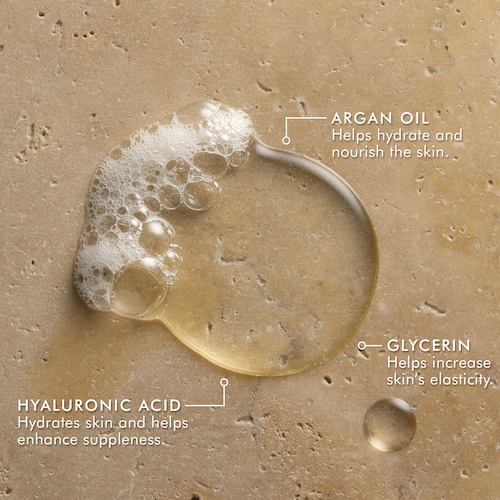
The process of hand washing typically comprises wetting the hands with clean running water, applying an appropriate amount of soap, and then rubbing the hands together vigorously to create lather. It is crucial to cover all areas of the hands, including between the fingers, the back of the hands, and under the nails. This mechanical action, combined with the soap's properties, helps to loosen and remove dirt and germs effectively.

The duration of hand washing is also essential. Experts recommend washing for at least 20 seconds, as this provides enough time to effectively cleanse the hands. Some people find it helpful to sing the "Happy Birthday" song twice or count numbers while washing to ensure they meet this recommended time.
After thorough rubbing, the hands should be rinsed well under clean running water, removing all traces of soap and dirt. It is crucial to ensure that all areas of the hands are rinsed properly to eliminate any remaining germs.
Drying the hands thoroughly is the next step in the hand washing process. Both air drying and using a clean towel are acceptable methods. If using a towel, it is advisable to use a separate, clean towel for each individual to avoid the transfer of germs.
Hand washing is essential at specific times, such as before handling food, before and after using the restroom, after coughing or sneezing, after touching animals, and after being in public places where germs may be present. It is especially crucial in healthcare settings, where proper hand hygiene can significantly reduce the transmission of infections.
In situations where water and soap are unavailable, alcohol-based hand sanitizers can be used as an alternative. These sanitizers should contain a minimum of 60% alcohol and should be applied to all surfaces of the hands until completely dry. However, hand washing with soap and water should always be prioritized whenever possible, as it is more effective in removing certain types of germs.
Overall, hand washing is a simple, cost-effective, and highly beneficial practice that everyone should incorporate into their daily routine. By effectively cleaning our hands, we can help prevent the spread of germs and promote good health for ourselves and those around us. Description by ChatGPT.



